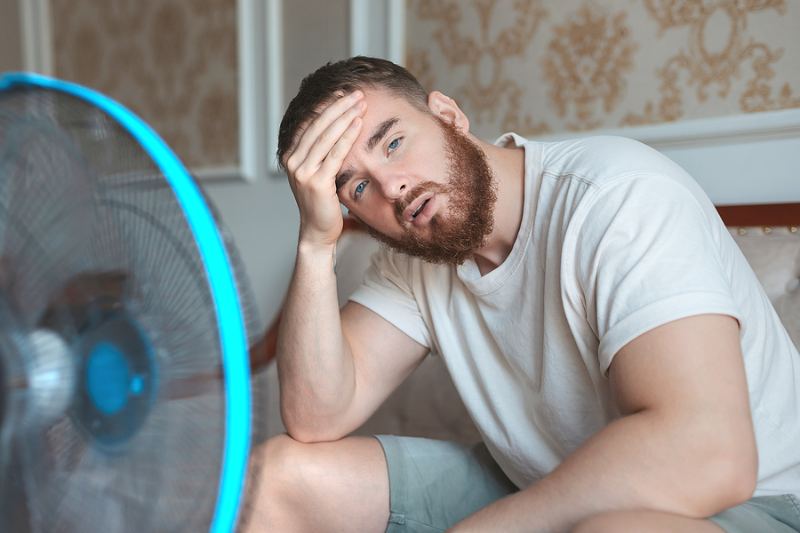Summer can be brutal for those who work in the construction industry. Spending too much time in hot and humid conditions without the proper protection can result in serious heat-related illnesses, such as heat stroke, heat exhaustion, heat cramps, sunburn when working outside, and heat rash. Keep your you and your employees safe from the heat this summer by knowing the signs of heat-related illnesses, how to treat them, and how to prevent them. Note, this article is not a substitute for trained medical professionals and care – be sure to consult your medical provider if you have any questions about this information.
Signs
Heat exhaustion can lead to heat stroke, a serious condition that can cause the brain and other essential organs to swell, potentially causing permanent damage. The main difference between the two lies in the skin and pulse. A worker with heat exhaustion will have a fast, weak pulse, heavy sweating, and cold, clammy skin. Someone experiencing a heat stroke will have an extremely high body temperature (103 degrees or higher), hot and red skin, and a fast, strong pulse. Other key signs to look for include headaches, nausea, dizziness, and fainting.
More minor heat-related illnesses have easy-to-spot warning signs: a worker with heat cramps will experience muscle spasms after heavy labor in the sun, a bad sunburn will present with red or blistering skin, and heat rash will look like clusters of small blisters, usually around the neck, chest, groin, or elbow creases.
Treatment
If heat stroke is suspected, immediately call 911. Move the employee to a cool area and lower their body temperature with cool washcloths or a cold bath. It is important not to give the worker anything to drink while waiting for emergency services to arrive. For heat exhaustion, move the employee to a cooler place and attempt to lower their body temperature by taking the steps above. You may give someone with heat exhaustion sips of water. If the symptoms get worse or last longer than an hour, call 911. When in doubt, call 911.
For heat cramps, stop physical activity and move the employee to a cool area. Have the employee drink water or a sports drink and do not allow them to resume work until the cramps have subsided. For heat rash, cover the area and use baby powder to relieve irritation.
Prevention
There are several things employers can do to prevent heat-related illnesses. Water and/or sports drinks should be readily available to workers on hot days, and employees should be encouraged to take breaks to rehydrate. Cooling towels are effective to keep the body temperature down, and are available in many different styles (bandanas, hats, hard hat pads, etc.). If working in an area with no shade – such as an outside tile or carpet cutting station – use a pop-up tent to provide a cool area for breaks. Sunscreen should also be worn every day when working in the sun.
Make heat safety a priority on the job site this summer and keep you and your team performing at their best!

